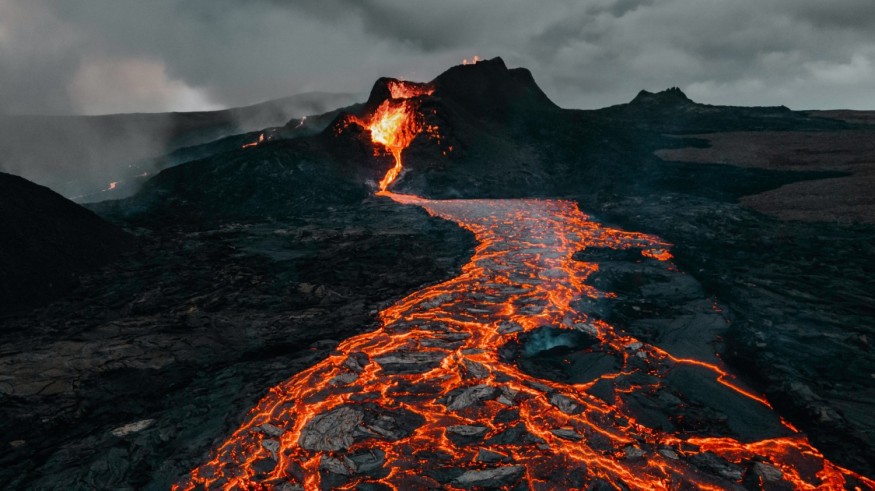An Icelandic faultine that has been sleeping for hundreds of years has awakened following a recent volcanic eruption in an Iceland fishing port. The eruption on the outskirts of Grindavik reported on Sunday, January 14, supports previous evidence of a long-dormant faultline under the European country. Now, this boundary between tectonic plates emerged from its slumber after 800 years.
The unsettling reality of the Icelandic faultline awakening was confirmed by experts, who also warned that the Grindavik volcano eruption can be followed by increased volcanic activity, including the emission of lava, in the coming years.
Last Sunday, the eruption at Grindvaik town engulfed several homes after being swallowed by glowing lava.
There were no casualties reported since majority of the fishing town was evacuated in late 2023 due to threat of a volcanic eruption. Last month, a similar eruption occurred, described as brief with little seismic activity but both eruptions threaten Grindavik. A major eruption also threatens the nearby Svartsengi geothermal plant that provides electricity and water to residents of the Reykjanes peninsula.
Iceland Faultline Awakening

Evidence of the Iceland faultline awakening was confirmed based on the two most recent volcanic eruptions near Grindavik, on January 14 and December 2023, as mentioned earlier. Aside from increased volcanic activity, local seismic authorities believe there are other factors that would indicate the reactivation of the tectonic plate gap.
According to the Icelandic Met Office (IMO) on Friday, January 19, dike propagation triggered existing faults and fractures to be reactivated, adding there are likely new fractures that formed within Grindavik.
The Met Office also announced that the Grindavik volcanic eruption on January 14 has ended and the flow of magma into a newly formed dyke is no longer occurring as well.
However, the IMO warned that there are still clear signals of a continued land uplift, detected beneath Svartesngi located southwest of Iceland. Although the chance of a third volcano eruption soon is still unclear, the authorities still assert that Grindavik remains at significant risk due to fissures and possibility for ground collapse in the area.
How Does a Fault Line Awaken?
Just like an old machine or engine that has not been used for a long time, faultlines can be said to work the same way, although not in an electrical or mechanical sense but rather through geochemical and seismic factors. In the field of geology, earth scientists view a fault as a fracture between large masses of rocks, in this case, tectonic plates.
According to the United States Geological Survey (USGS), a fault can either be a fracture or zone of fractures, and faults allow the blocks to move relative to each other. This movement can occur rapidly in the form of an earthquake, which can trigger volcano eruptions.
In the case of awakening a fault line, a study back in 2011 published in the journal Nature explored a large fault section off Sumatra that has been seismically dormant for more than 30 years. Then, a series of large earthquakes for the past decade (before 2011) reawakened the said faultline.
© 2025 NatureWorldNews.com All rights reserved. Do not reproduce without permission.





